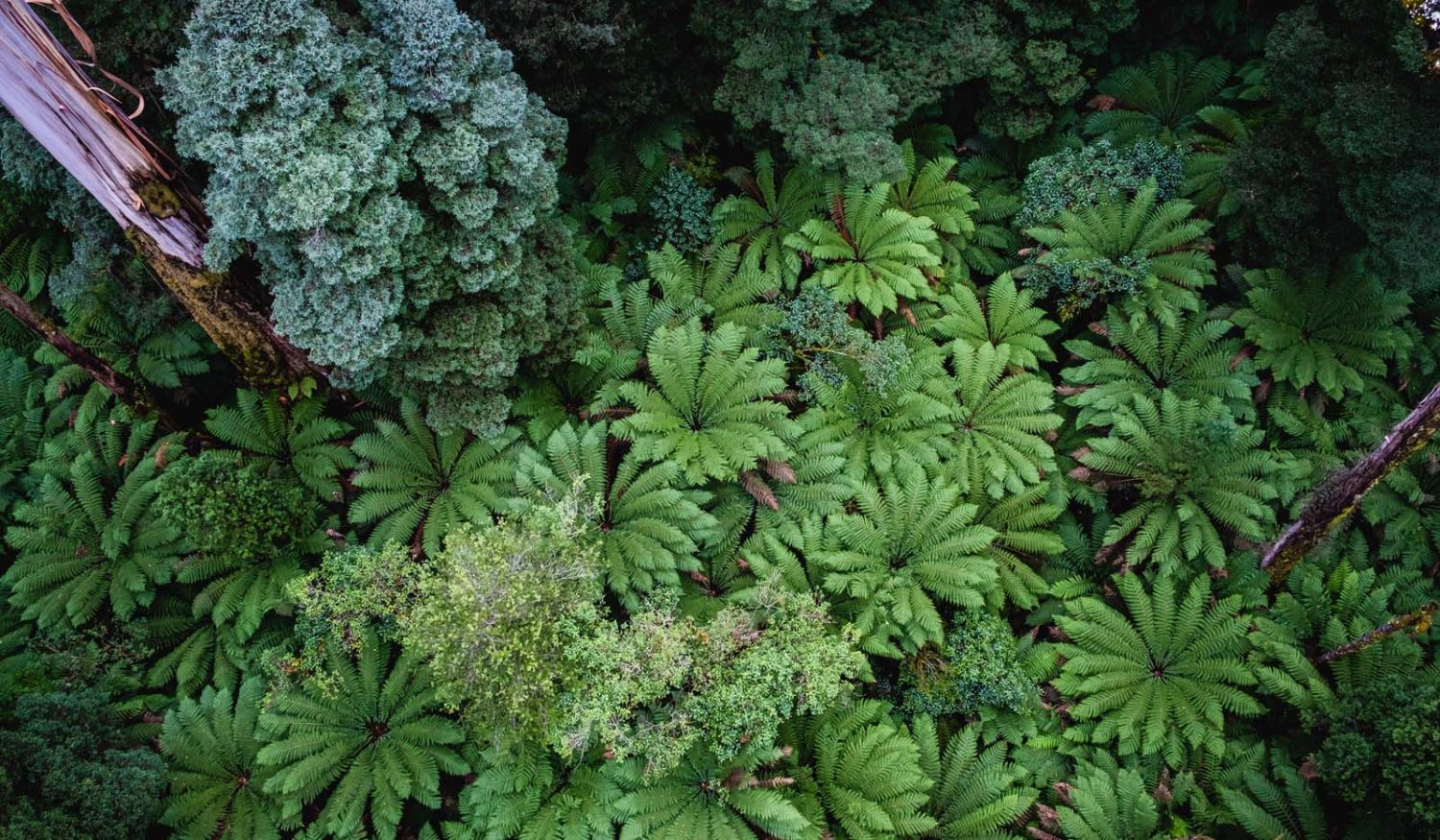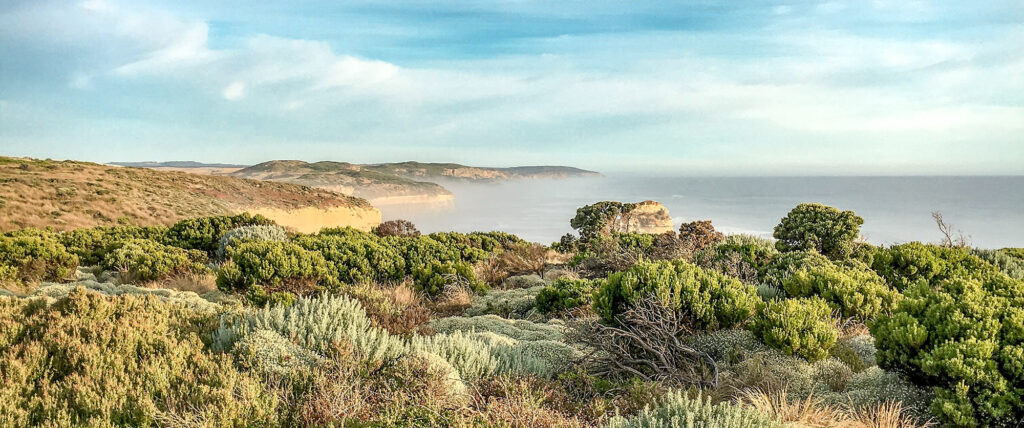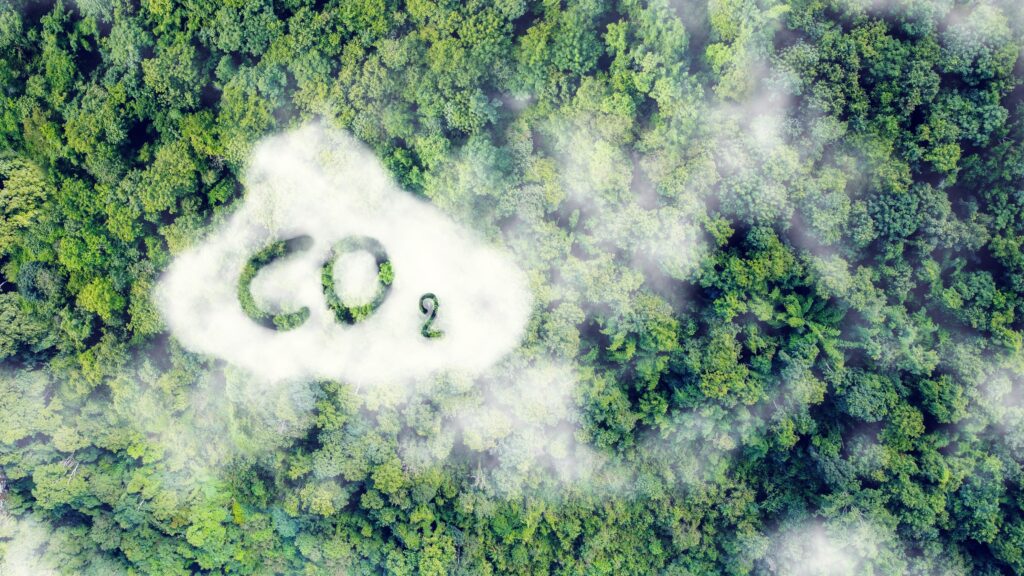
Give nature a legal voice,
every month.
We work with you and the law to protect wildlife, culture, community and climate.
Our legal resources are designed to help you understand how the law applies to the environment and empower you to take action.
What we do

Philanthropic Giving
Speak to us about making a donation or leaving a bequest in your will.











